Anyone taking a peek at the
Art Newspaper online this week will no doubt have come across the interesting article on the two UK forgers who have been fraudulently selling art online; claiming it to be the work of anonymous graffiti artist Banksy.
The two men were given suspended sentences by the Kingston Crown Court in West London after pleading guilty to conspiracy to defraud back in July. The pair, who still had 60 fakes stashed at their homes, have also been banned from selling anything online for the next five years. Around a further 60 works were recovered from victims of the pair, with the whole stock pile of works valued at £200,000 if they had been the real deal.
Online fraud is far from limited to the sale of art, in fact there are very few things online that haven't been, or can't be approached in a fraudulent manner, but it is something that people should think about when purchasing art online. In this case, the fraudsters also made life a little easier for themselves by selecting the work of an artist who remains completely anonymous while also fairly prolific.
Selling art online, much like anything else, is very much to do with the trust and comfort levels that can be achieved through the website, and the relationship that you develop with your potential customers. The majority of the artists that we work with here at Gallereo are selling their own artwork online, rather than that of someone else, and so are very tuned into building relationships and promoting themselves and their work in a good light.
Here are just some of the things that you can do on your portfolio website to encourage trust and let your potential customers and collectors know more about your work:
1) Provide as much information about yourself as you can. Offer your educational or artistic background, and let people know what your goals or aims are as an artist. If people want to buy or collect your work, this sort of information is often very interesting to them and it will develop a sense of connection between you.
2) Make sure you describe your work fully, including information about material, condition, edition size, year of creation, where you have exhibited it and so on. Again this builds a sense of the customer / collector knowing you as a person, and not just an anonymous person behind a distant computer screen.
3) Offer full contact details so that people can get in touch with you. If people have questions, or develop a genuine interest in your work then they may want to find out more or make a studio visit. Also, just speaking in terms of the internet, a lack of contact details can arouse suspicion, so at least have an email address up there or a contact form for people to fill in.
4) Put the best images that you can out there. If you make and sell paintings, prints or sculpture, getting a good photograph of the work can be tricky unless you have the right equipment and set up. Good pictures of your work will really make a difference in how you are perceived online.

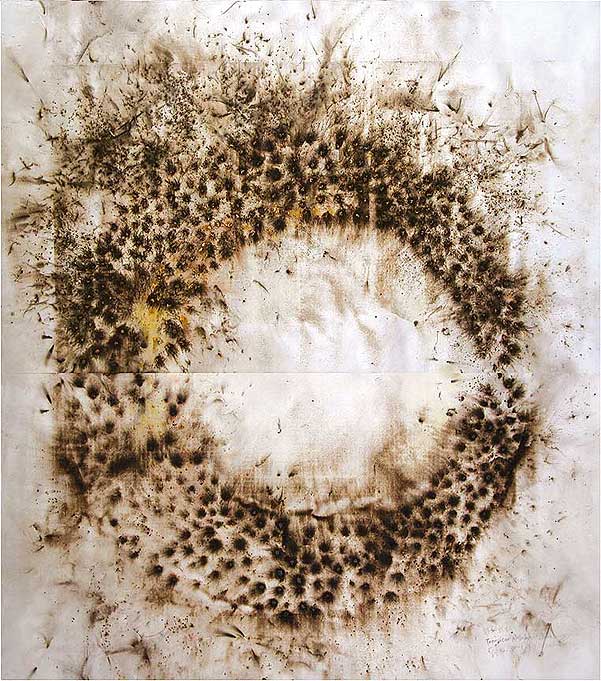
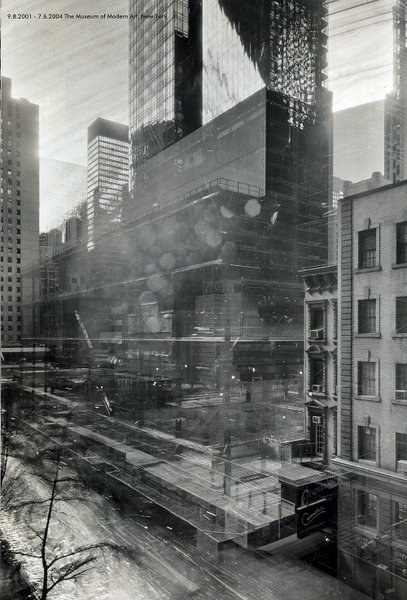
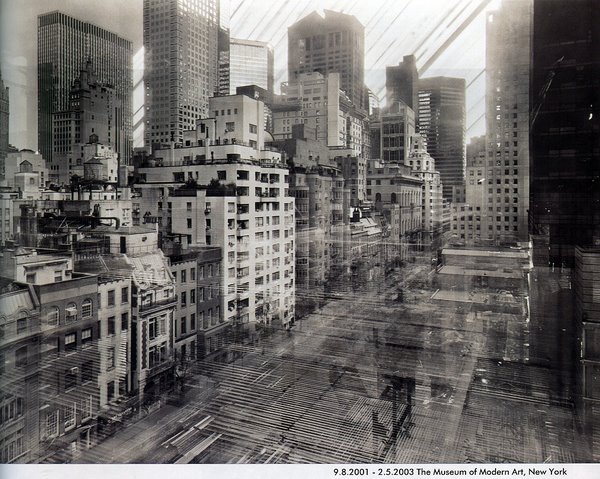
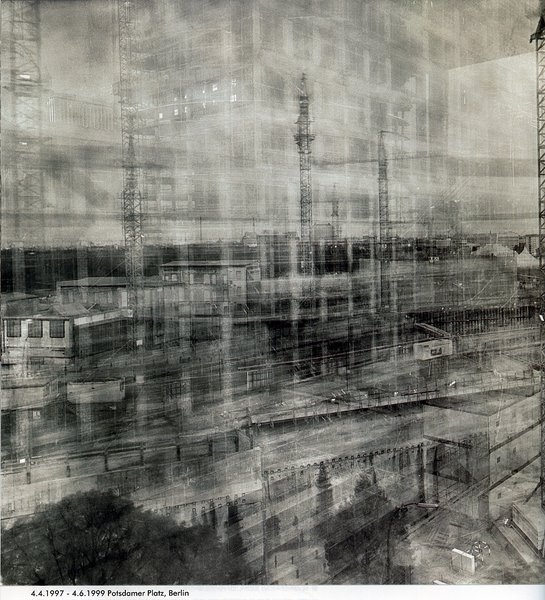
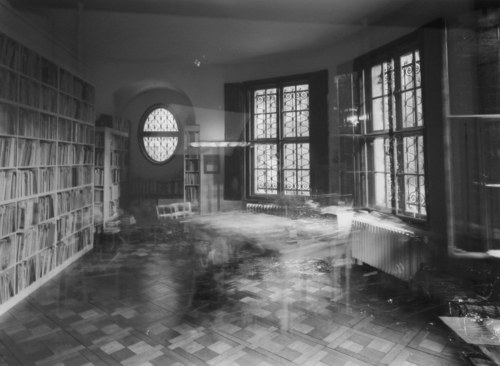
, which was published by the Museum of Modern Art, NY.
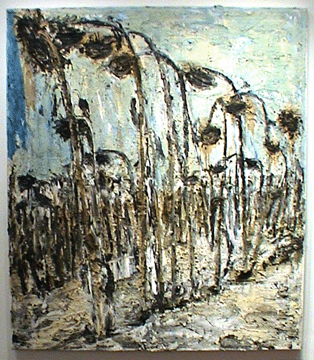 Anselm Kiefer was an incredibly interesting artistic character, as I'm sure anyone interested in his work can attest. We were pleased to hear that BALTIC have announced that they will be bringing a major exhibition of his work to the North-East of England. (Gallereo day out!)
Anselm Kiefer was an incredibly interesting artistic character, as I'm sure anyone interested in his work can attest. We were pleased to hear that BALTIC have announced that they will be bringing a major exhibition of his work to the North-East of England. (Gallereo day out!)



